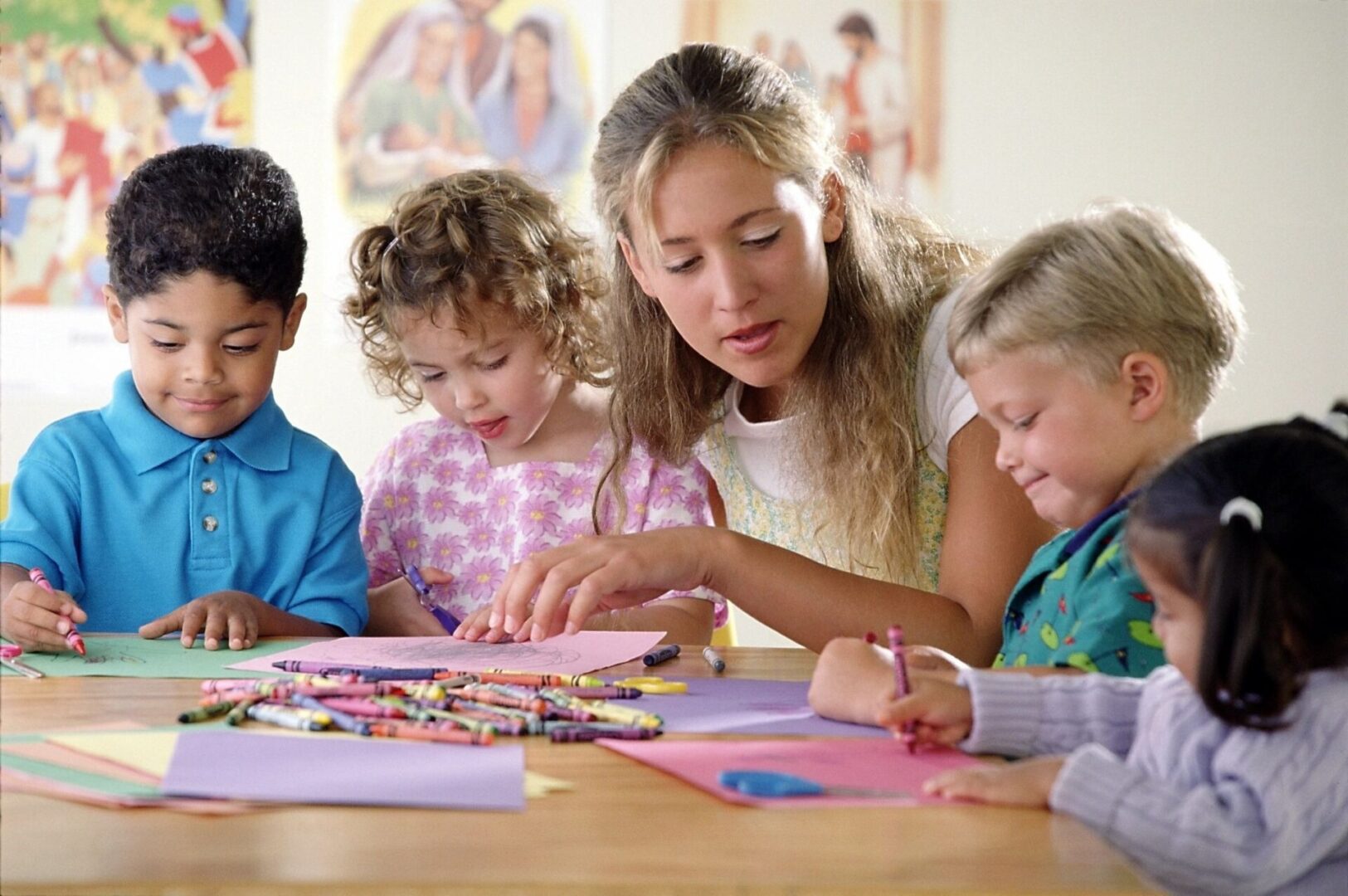Our Program
KIDDIELAND ECE is inspired by Reggio Emilia Schools, an Italian revolutionary way of teaching. The rationale for pursuing Reggio elements is to provide children with rich learning experiences and support programs to strengthen families. The Reggio approach, moreover, invites and encourages all adults, including involved teachers, administrators, and parents, to be thinkers, communicators, creators, collaborators, problem solvers, and negotiators as they become more thoughtful and reflective.


